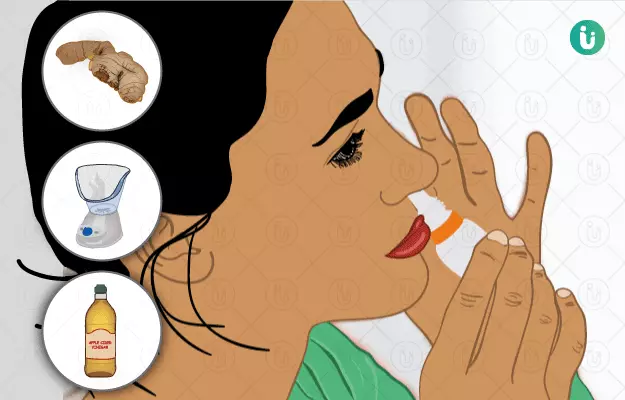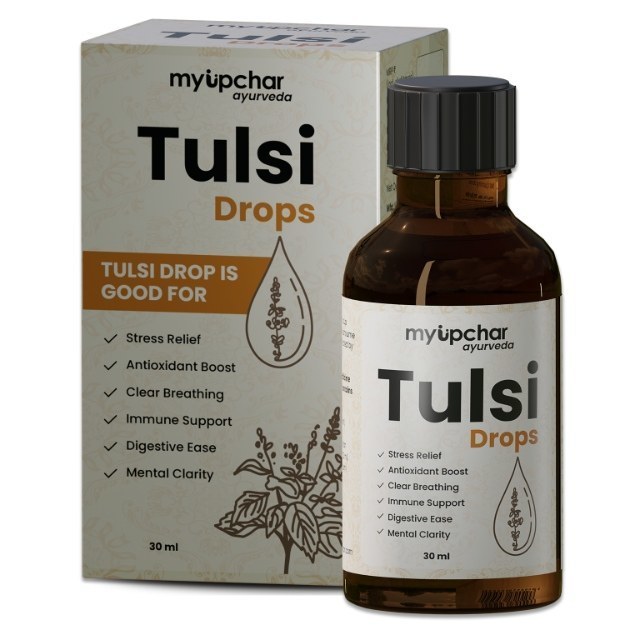Nasal congestion is one of the most common symptoms arising due to a number of respiratory infections, allergic rhinitis being the most common cause. Inflammation of the mucous membrane of the nose is majorly responsible for these symptoms. While nasal congestion is one of the most common complaints of visiting primary care, a blocked nose without a severe underlying cause can be easily managed with the help of simple home remedies. However, it is important to seek medical care to determine and treat the underlying cause.
Simple remedies like use a peppermint rub or steam inhalation have been found to be helpful. Nasal irrigation is yet another commonly used method, which is bound to provide relief from a blocked nose.
This article will cater to explore the best remedies, which can be easily employed at home, in light of research evidence. So, get ready to bid goodbye to nasal congestion.

















